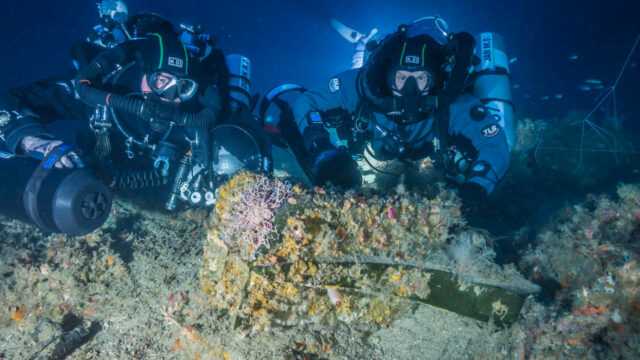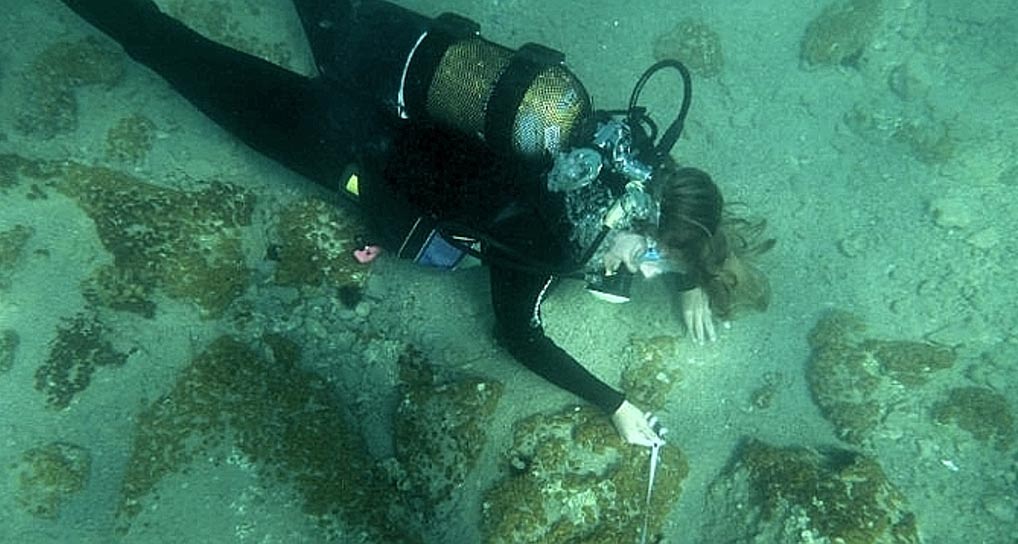Exploring the Depths: Unveiling Ancient Secrets and Thriving Marine Life in the Aegadian Islands
The underwater exploration around the Aegadian Islands is proving to be more than just an archaeological expedition. The SDSS (Società per la Documentazione di Siti Sommersi), or the Society for the Documentation of Submerged Sites, has embarked on a mission to study the wrecks of an ancient naval battle fought in Roman times. However, in addition to the archaeological findings, the expedition is uncovering a fascinating natural phenomenon.
The expedition aims to recover and study objects from the ancient battlefield, but it is equally captivating to observe how marine life has adapted to these artificial structures that have been lying on the seabed for over 2,000 years. The remains of Roman and Carthaginian ships, sunk during the Battle of the Aegates in 241 BC, have become a thriving habitat for numerous marine species.
In a previous expedition, researchers discovered an astonishing array of marine fauna at the site. The most remarkable finding was the ram of a Carthaginian ship, known as ‘Egadi 13’, which was colonized by at least 114 species of invertebrates, forming a complex and coexisting community. Recovered from a depth of approximately 90 meters by marine archaeologists and divers, the ram is a hollow piece of bronze with an undeciphered Punic inscription. It is 90cm long, 5cm thick at the front edge, and weighs 170kg. The ram has accumulated organisms and sediments both inside and outside, providing an opportunity for archaeological and biological research.
The team responsible for the discovery has published a report in Frontiers in Marine Science, highlighting the significance of the ram in studying biological colonization and marine biodiversity. After spending more than two millennia on the seafloor, the ram has developed a stable community of benthic organisms, representing both hard- and soft-bottom species. This finding sheds light on the dynamics of biological colonization on a large scale and serves as a proxy for studying marine biodiversity. The presence of species in the ram that are common to different habitats serves as a reminder of the occurrence of such habitats in the surrounding seabed, emphasizing the high marine biodiversity in the Aegadian archipelago region.
With the expertise of the SDSS team and the advanced technology of Suex underwater scooters, there is great anticipation for further historical and zoological discoveries in the Aegadian Islands. Led by Mario Arena, the expedition promises to unveil more secrets from the depths of history and the wonders of marine life.
Hits: 2





